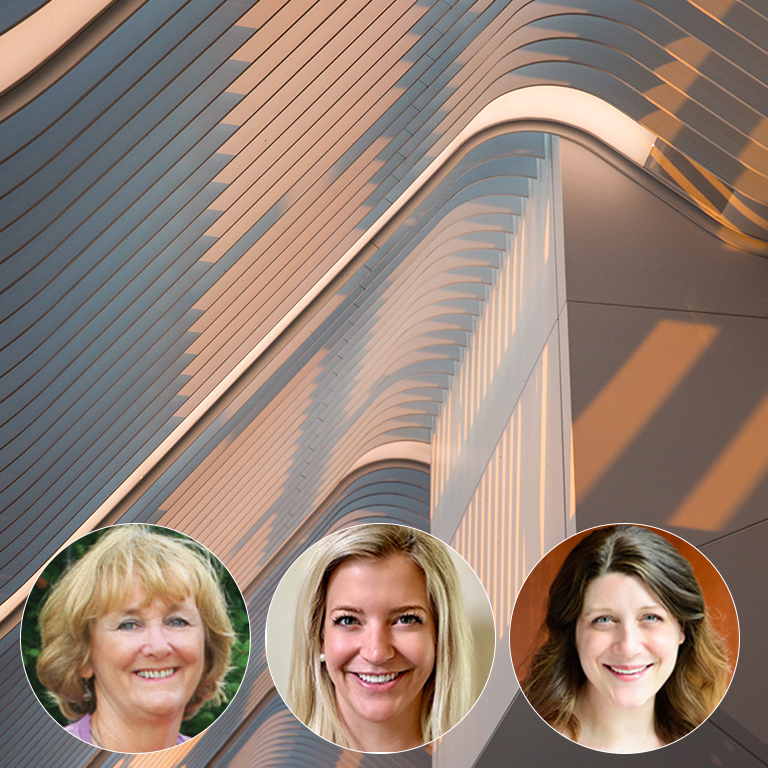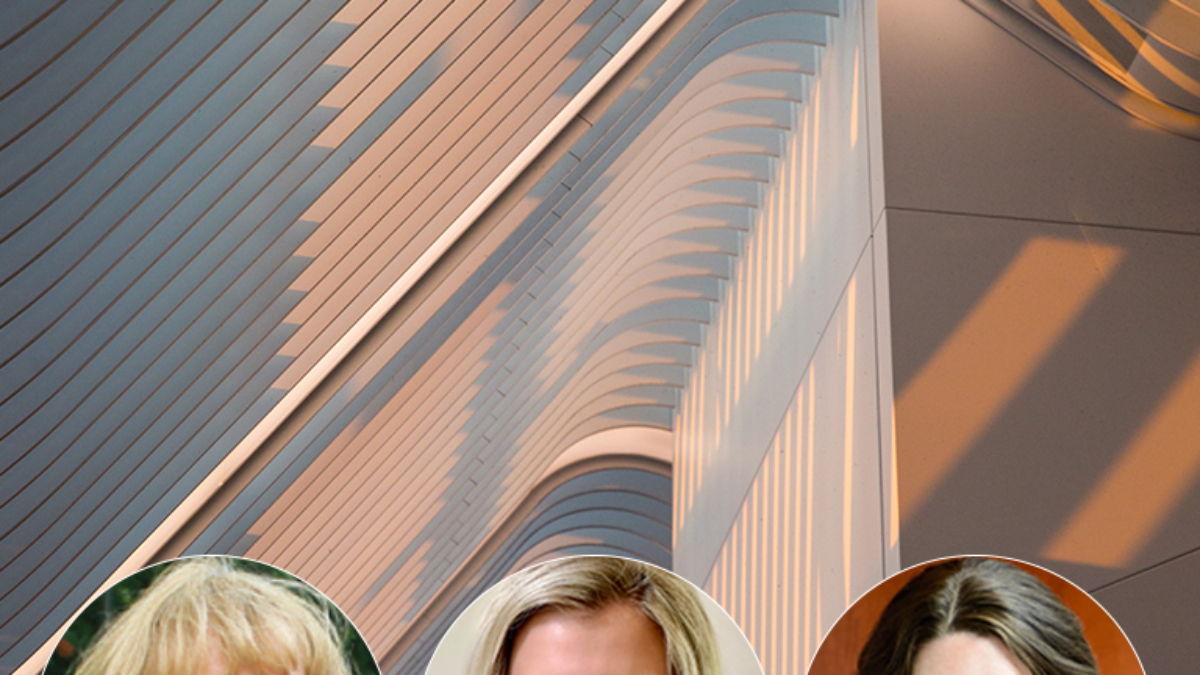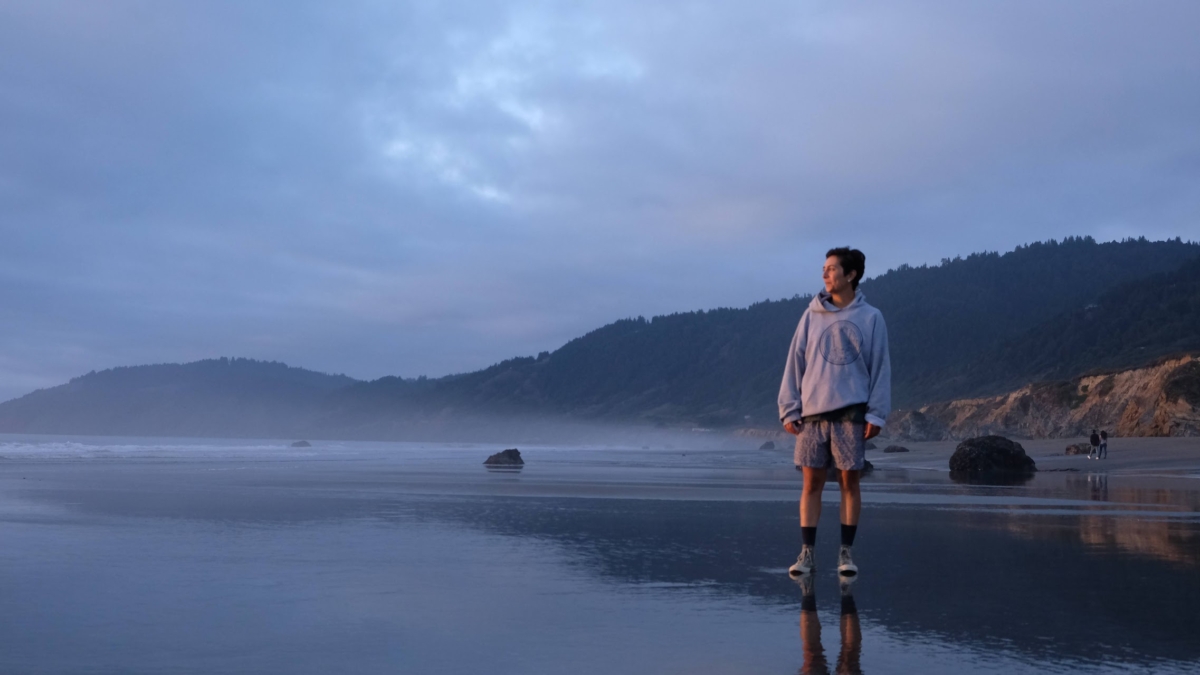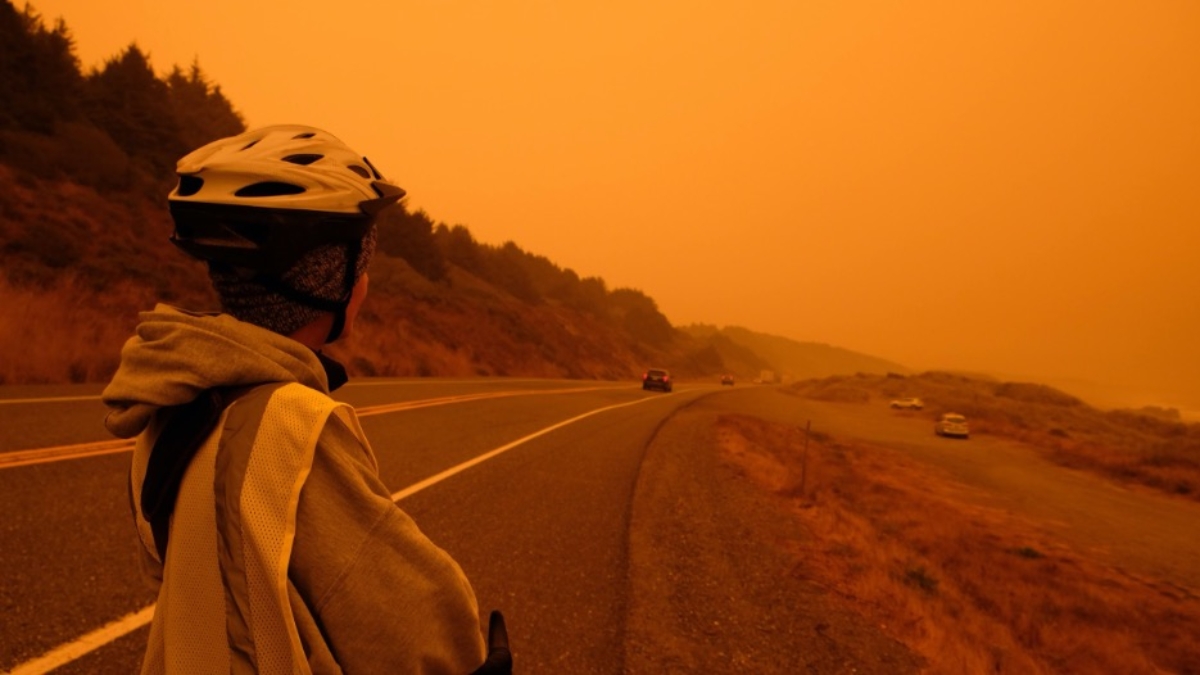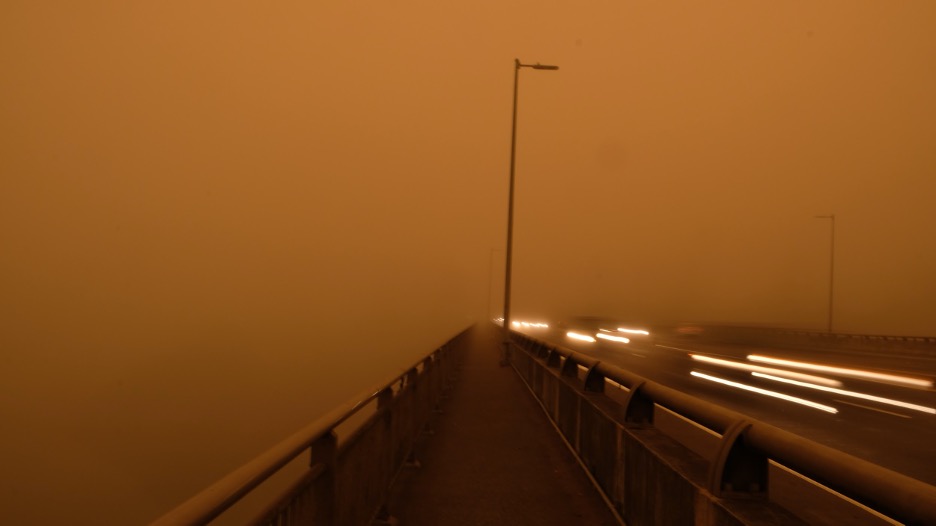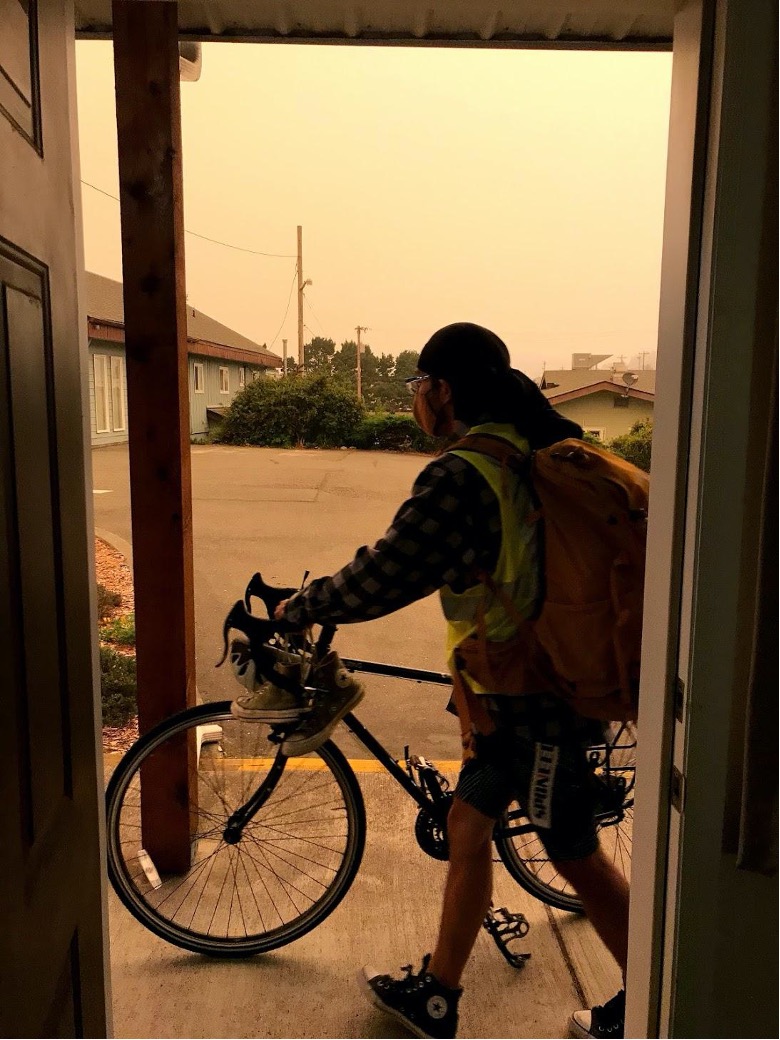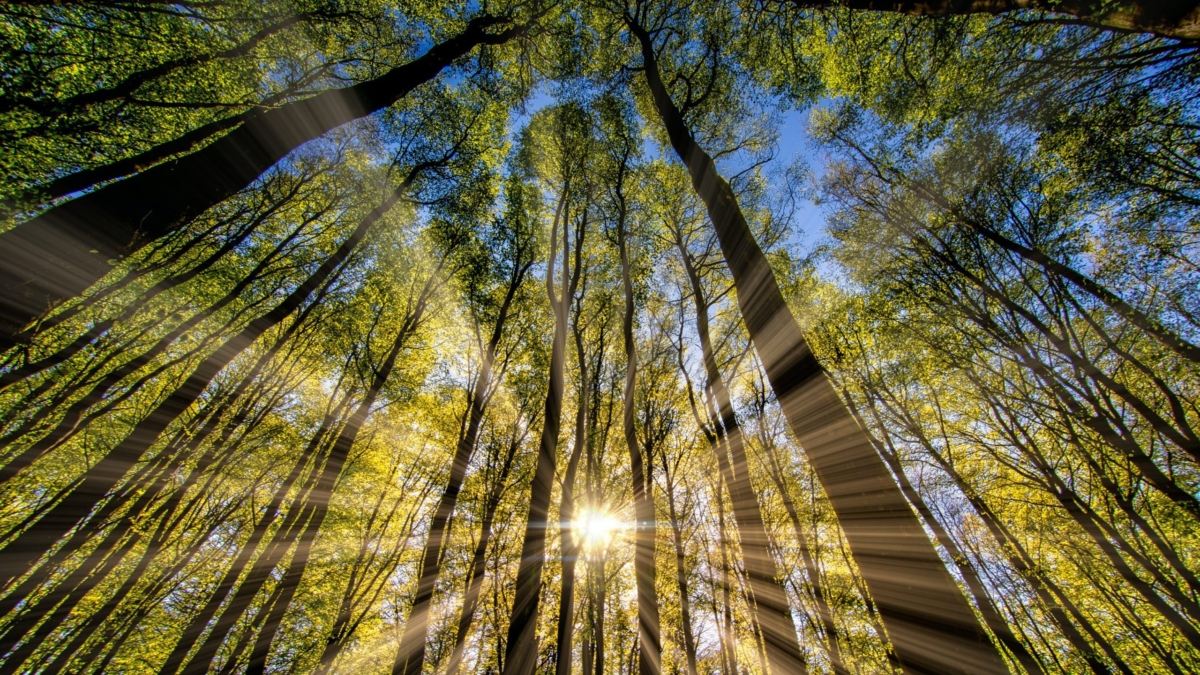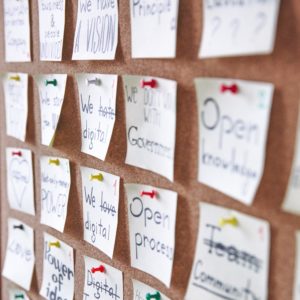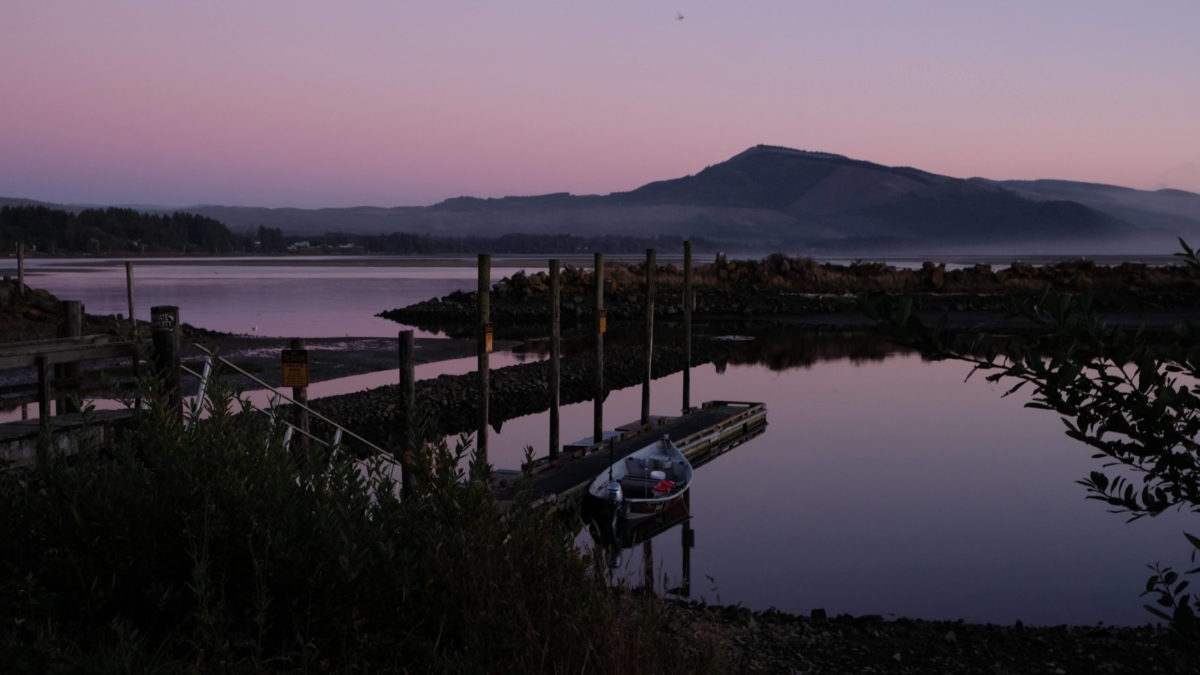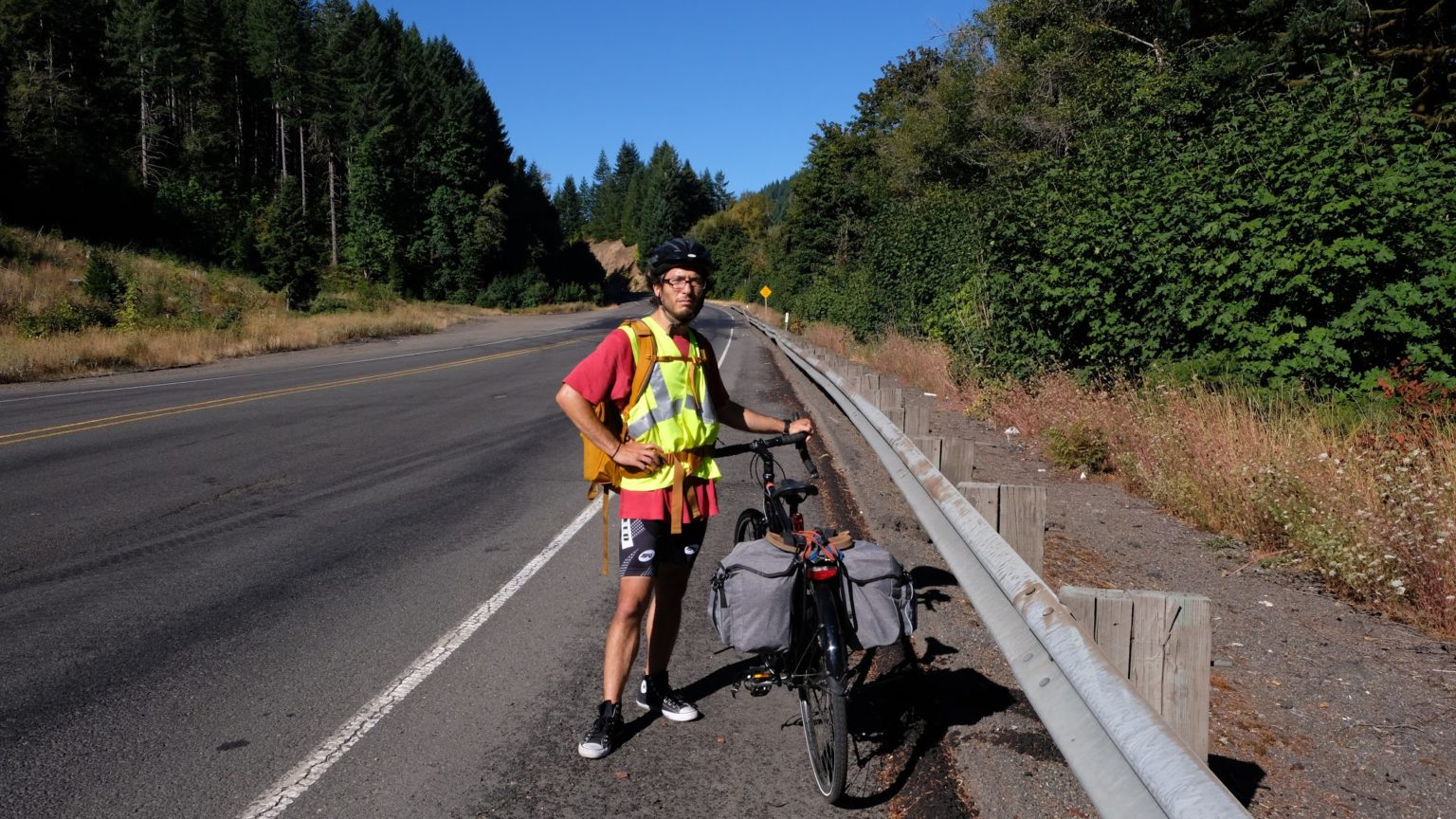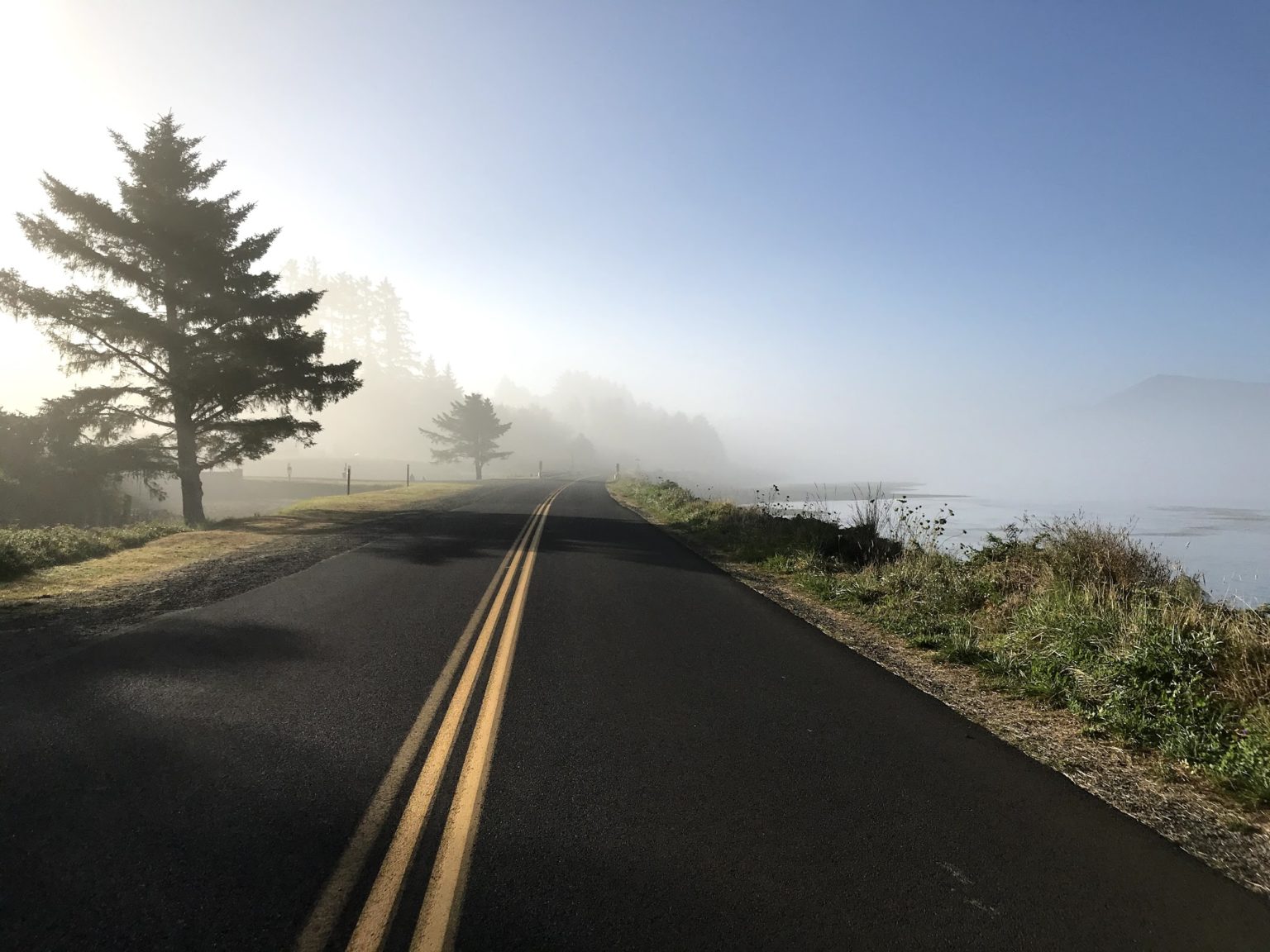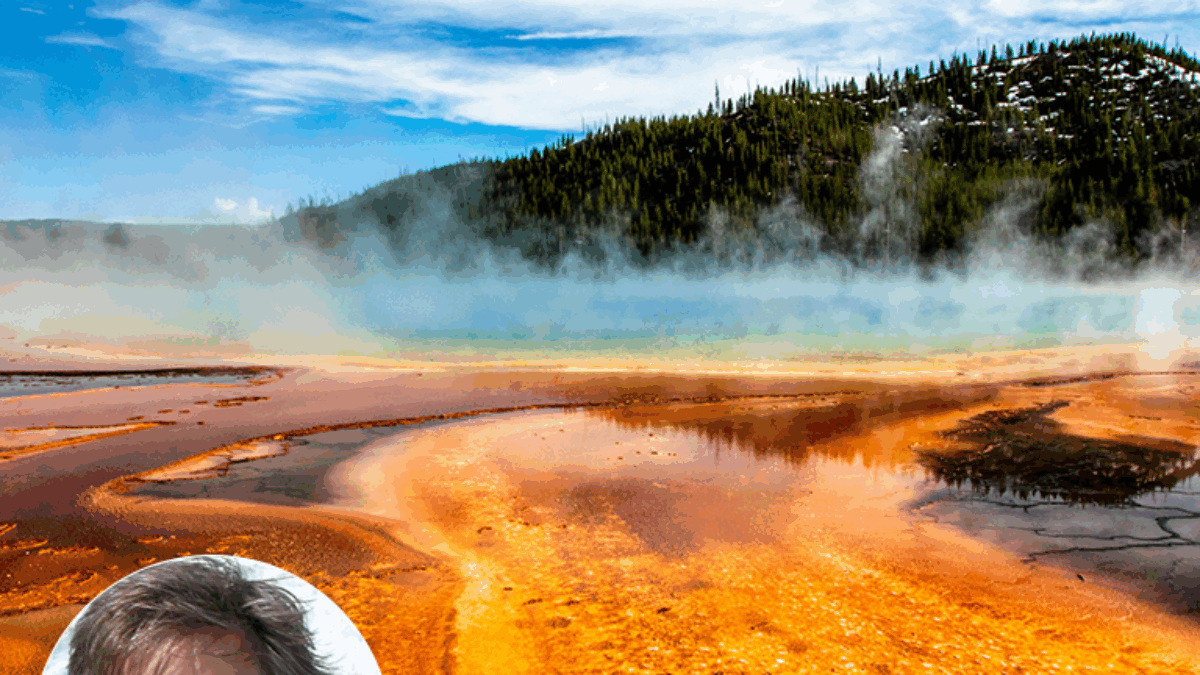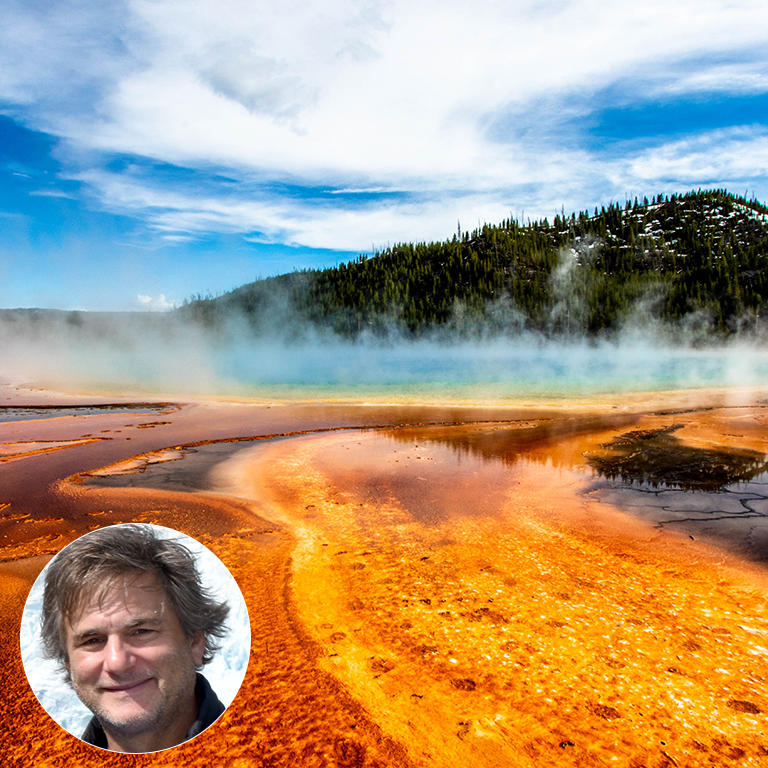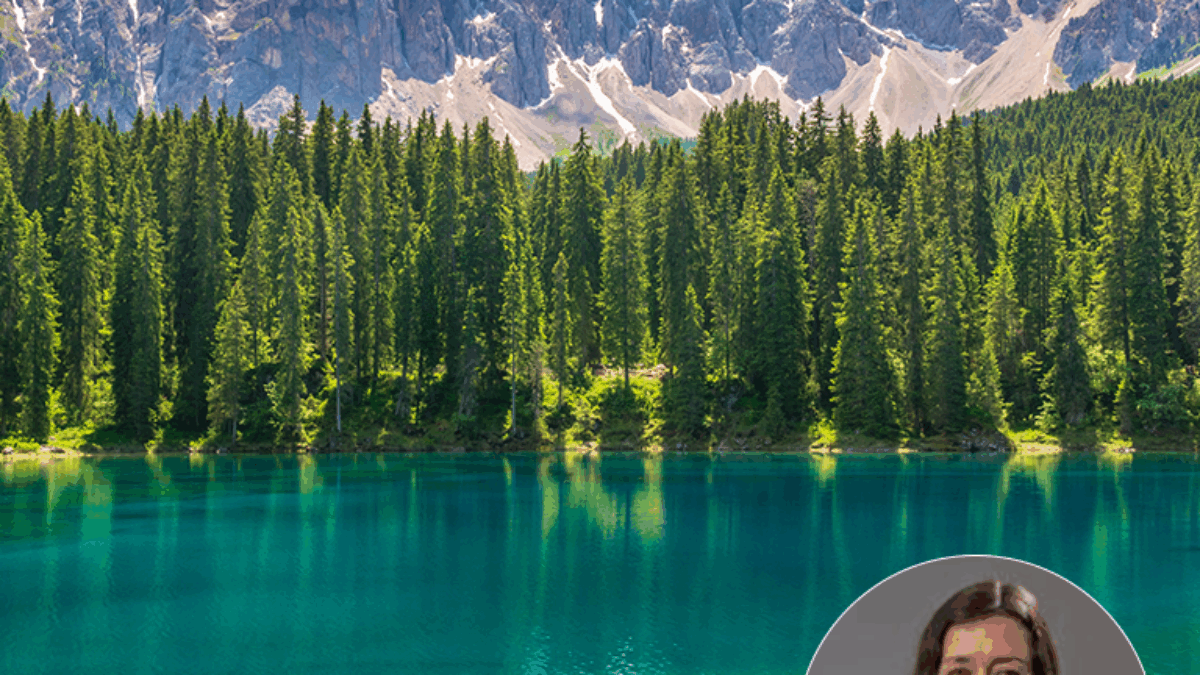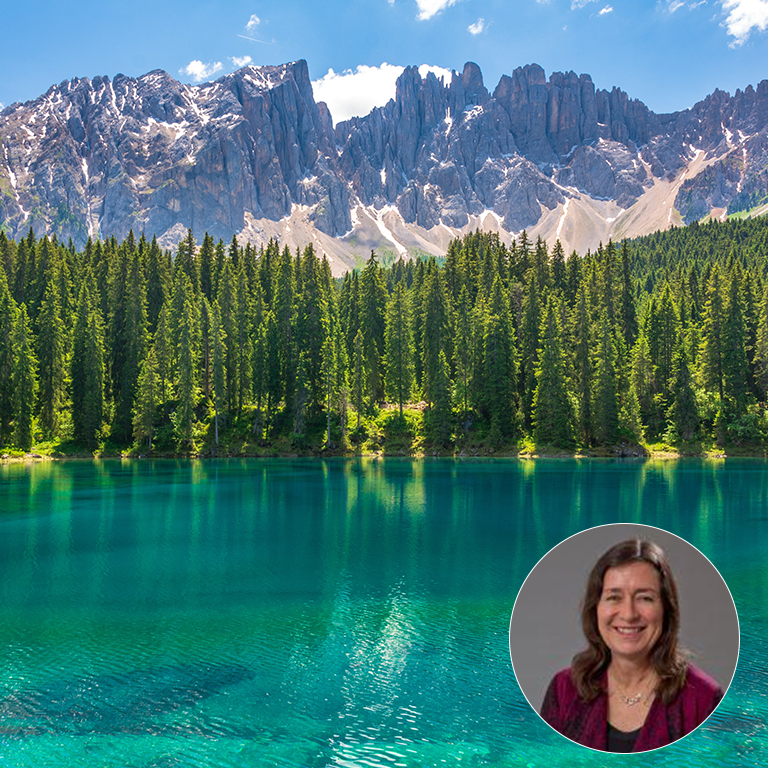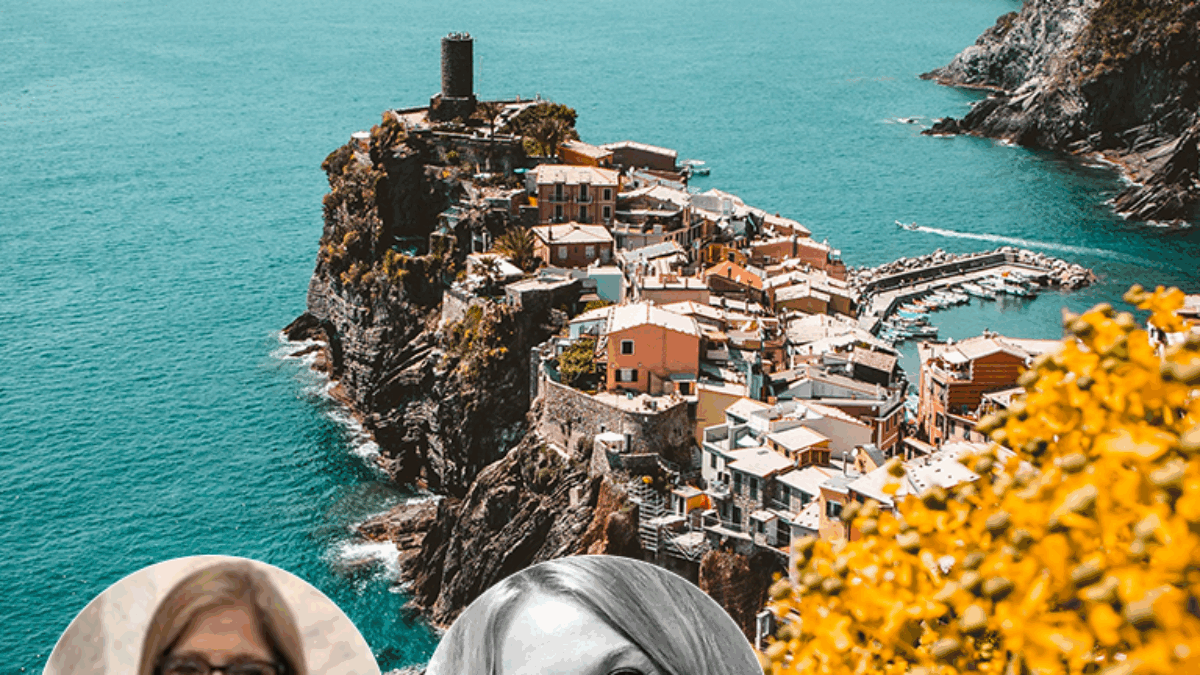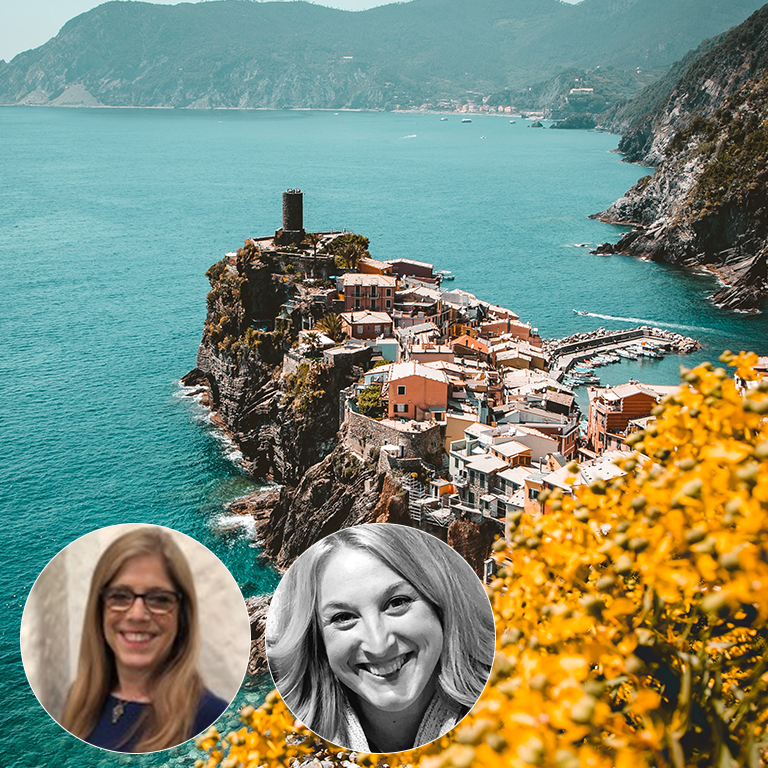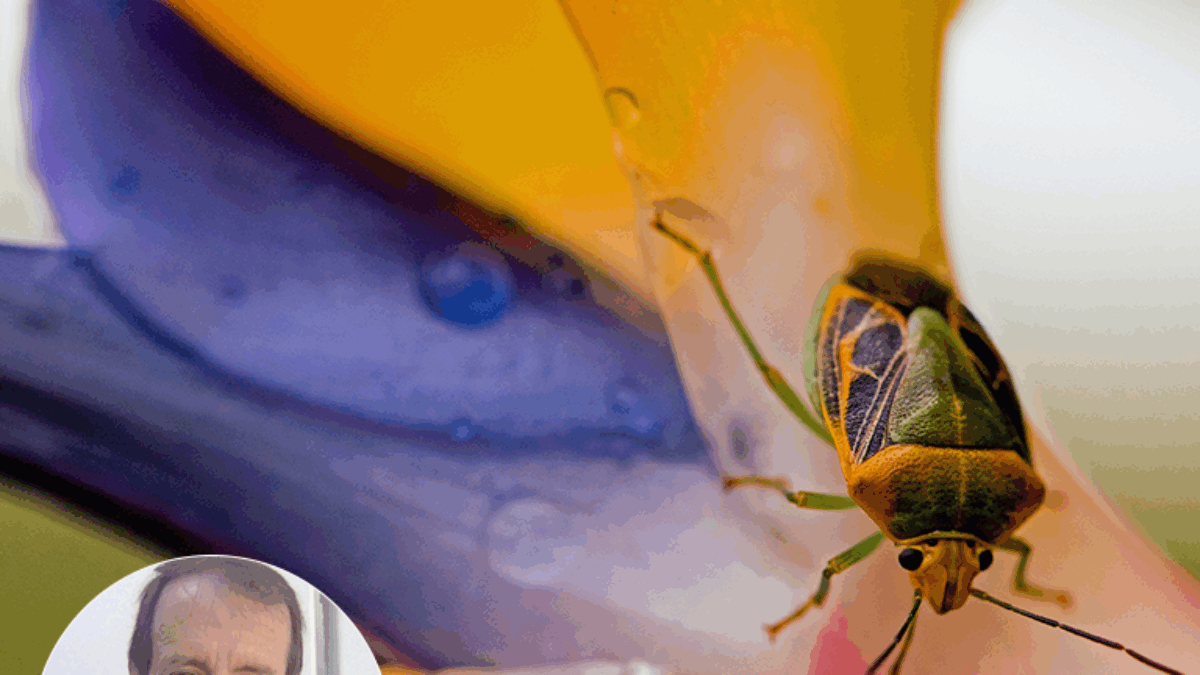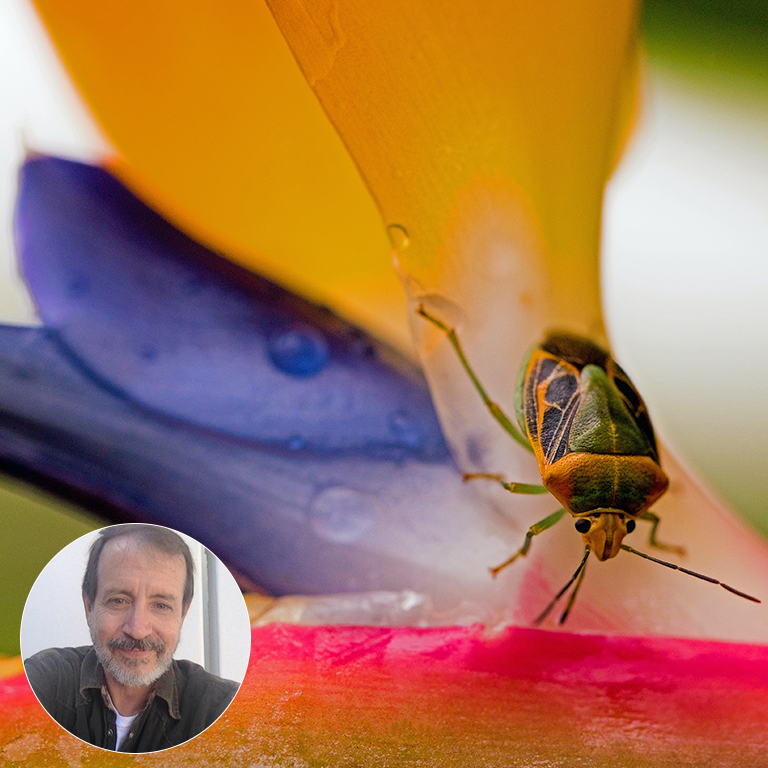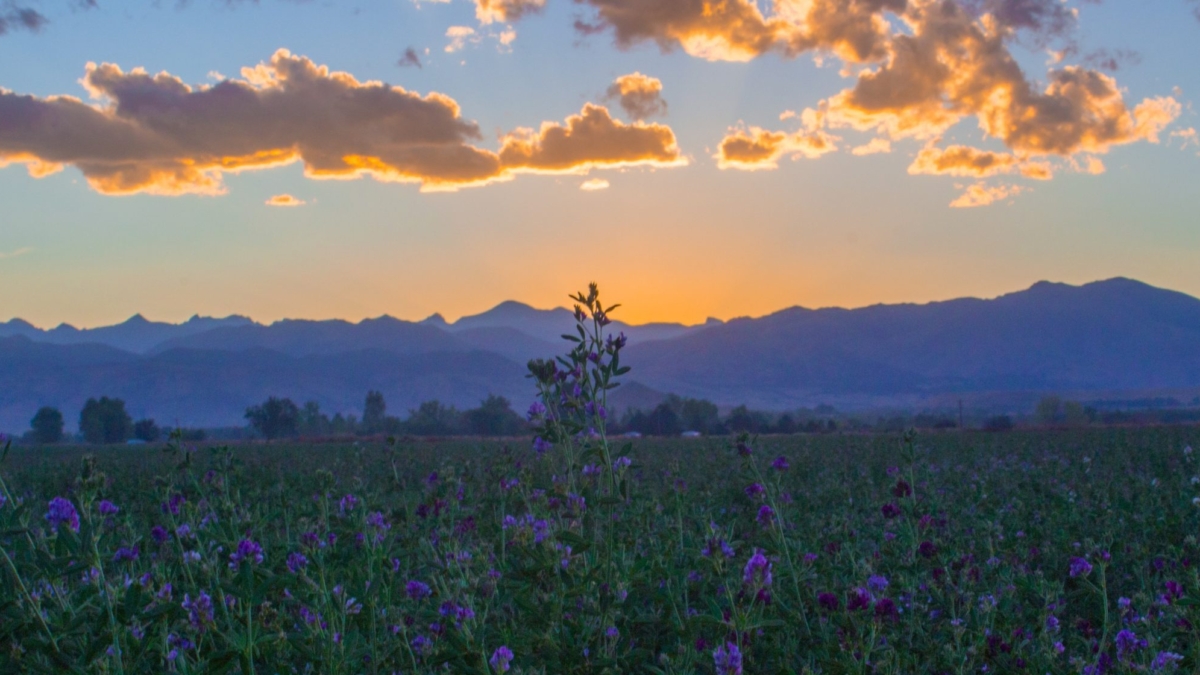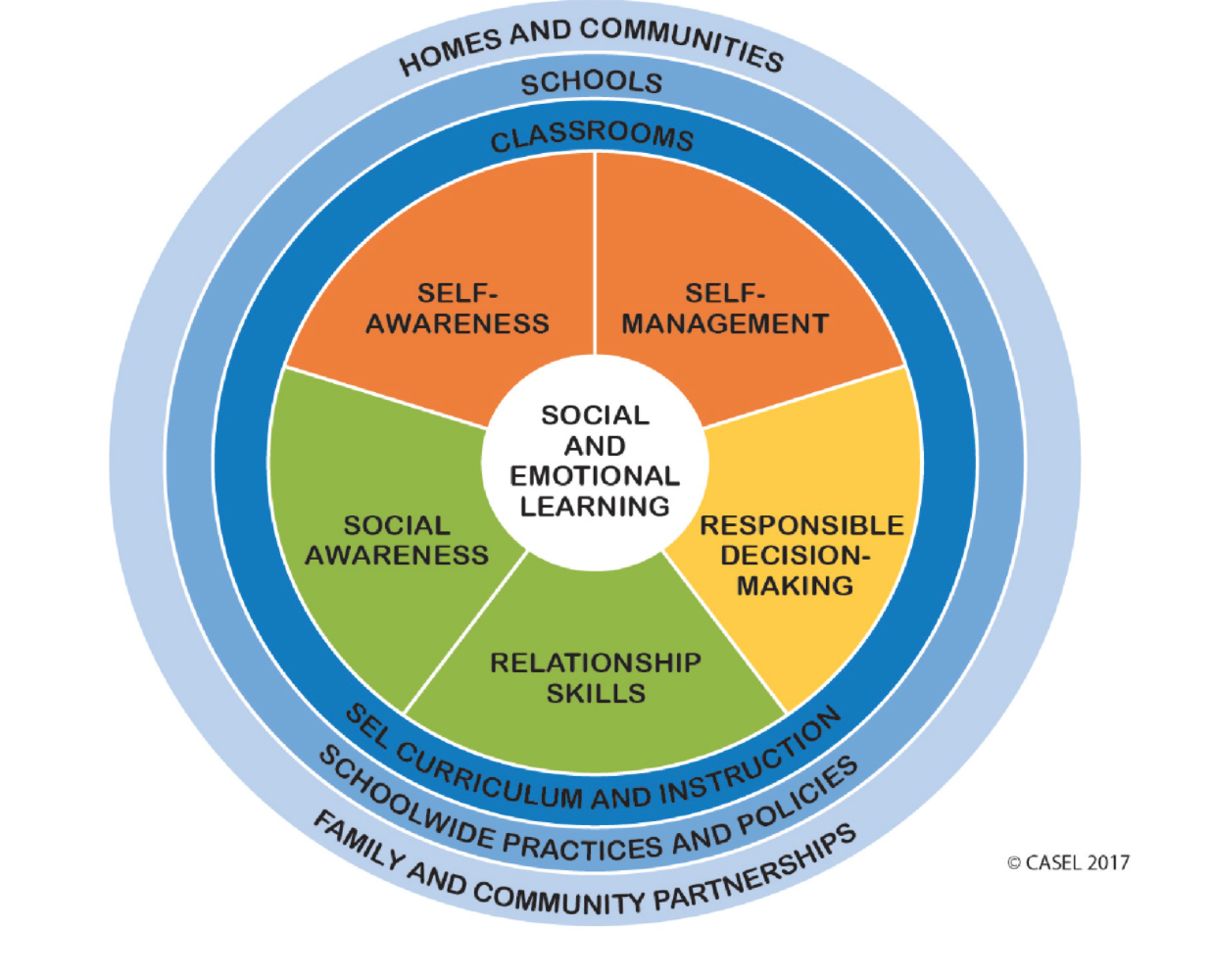According to The Collaborative for Academic, Social, and Emotional Learning (CASEL), “Social and emotional learning (SEL) is an integral part of education and human development. SEL is the process through which all young people and adults acquire and apply the knowledge, skills and attitudes to develop healthy identities, manage emotions, achieve personal and collective goals, feel and show empathy for others, establish and maintain supportive relations, and make responsible and caring decisions”…. “CASEL 5 addresses five broad and interrelated areas of competence and highlights examples for each: self-awareness, self-management, social awareness, relationship skills, and responsible decision-making.” (https://casel.org/)
CASEL has many resources to learn more about SEL research and how to successfully implement an SEL program. Additionally, you can access previously held and upcoming webinars that focus on many important strategies and issues related to SEL education: https://casel.org/weekly-webinars/.
As I began to be focused on what my ninth-grader was experiencing, two focus areas came to the surface:
- • In order to be college and career-ready, she needed to become more confident and skilled in the areas of Communication, Problem Solving, Team Building, and Decision Making. She needed more activities to engage these soft skill attributes.
- • In order to be college and career-ready, she needed the opportunity to have exposure to successful and fulfilled people who she aspired to be like. Whether she wanted to explore her natural love of animals or investigate trends within the tech world, she needed to have more exposure to people who can model for her what positive social and emotional health looks like.
My daughter is very people-centered and because of this, I was able to leverage and engage her with the work being done by our National Geographic Explorers. Conceptually, her learning about the explorer’s past, what challenges they have had, what initially sparked their interest within their field of study, how they stay motivated and persevere through challenges, helps her to frame her understanding of the work they are doing.
National Geographic Explorers
My daughter has found these scientists and change-makers to be fascinating which has encouraged her to do more research. Currently, she is most interested in researching any and all work with animals. For opportunities to bring National Geographic Explorers into your home and classroom, check out the exciting fieldwork being done around the globe by visiting National Geographic Explorers. There are also many opportunities to engage and “meet” the NGL explorers within some high school programs. Given her interests and also her challenge areas, she has looked to Environmental Science, World History Voyages of Exploration, and U.S. History America Through the Lens to investigate explorers. These programs allow her to not only read about but watch videos and use other visual aids to guide her understanding. Not so secretly, given all that I have learned about her needs, learning style, and motivators, I am really excited for her to start looking into the explorers featured in the new program for AP® Human Geography.
Soft Skill Activities for College and Career Readiness
Industry and Admissions decision-makers continue to stress the importance of soft skills. Not only for students to possess these skills but also to be able to articulate the skills and provide examples of evidence. We have been working on these skills at home too. There are activities that can be found online as well as curricular programs to support these initiatives. Below are just a few of the many examples that can be used to strengthen skills and also provide opportunities to showcase each skill in an application setting.
9 Awesome Classroom Activities That Teach Job Readiness Skills -Published by We Are Teachers
National Geographic Learning also publishes a Soft Skills high school series. These two on-demand activities focus on Team Building and Problem Solving. As a 5 part series, the other three programs from the series focus on Professionalism, Verbal Communication, and Written Communication.
• On-Demand Team Building Activity
• On-Demand Problem Solving and Decision Making Activity
If you are seeing a similar scenario in your classrooms or in your own homes, and are looking for additional resources, the resources above are just a few of the many examples for students to make motivating and meaningful connections as they work on their social and emotional learning needs as they prepare for college and career readiness.
The last eleven months have taught us so much about high school students’ social and emotional needs as we prepare them for college and career readiness. What have been some of the best strategies you have used to meet these needs while teaching in a distance or hybrid learning environment this past year?
